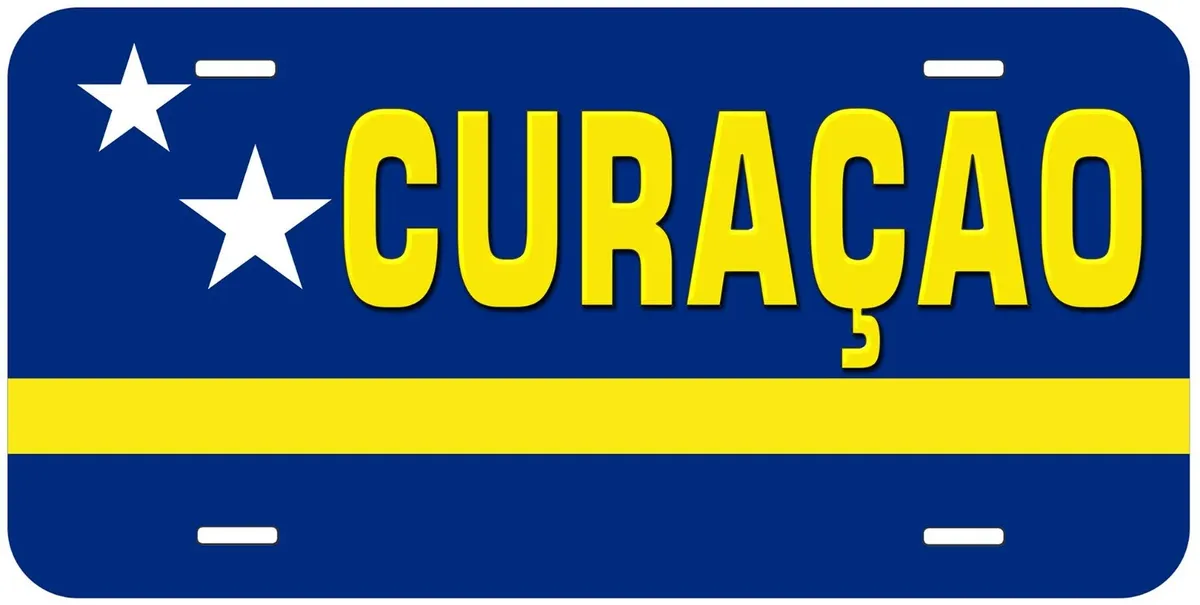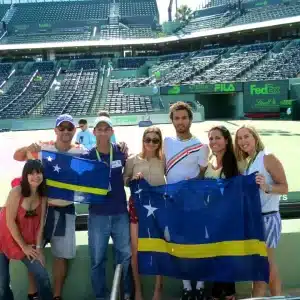Headlines
Curaçao: A Caribbean Island with a Rich and Diverse History

Curaçao is a Caribbean island located in the southern part of the Caribbean Sea, off the coast of Venezuela. The island was first inhabited by the Arawak people who migrated from Venezuela around 2500 BC. The Spanish arrived on the island in 1499 and established it as a launchpad for exploring northern South America. They officially settled on the island in 1527 and used it as an extension of Venezuela throughout the 1500s.
See Population, Official Language And More…

Curacao
The Dutch West India Company took control of Curaçao in 1634 after a series of battles with the Spanish. The Dutch established Curaçao as a major center of trade and commerce, which led to the development of a diverse population consisting of African slaves, Sephardic Jews, and Dutch merchants.
The island’s economy was based on agriculture, including cotton, tobacco, and sugar cane. The slave trade was also an important part of the economy, with Curaçao serving as a major hub for the transatlantic slave trade.
In 1863, slavery was abolished in Curaçao, and the island’s economy shifted towards oil refining. Shell Oil Company established a refinery on the island in 1915, which led to an economic boom.
Curaçao became an autonomous country within the Kingdom of the Netherlands in 2010. Today, it is known for its beautiful beaches, vibrant culture, and rich history.
The island was first discovered by Alonso de Ojeda, one of Columbus’ lieutenants, in 1499.
The indigenous population of the island were the Arawak people who migrated from Venezuela around 2500 BC.
The Spanish arrived on the island in 1499 and settled on it in 1527. They used it as a base for exploring northern South America.
The Dutch West India Company took control of Curaçao in 1634 after a series of battles with the Spanish. They established it as a major center of trade and commerce, which led to the development of a diverse population consisting of African slaves, Sephardic Jews, and Dutch merchants.
The island’s economy was based on agriculture, including cotton, tobacco, and sugar cane. The slave trade was also an important part of the economy, with Curaçao serving as a major hub for the transatlantic slave trade.
Slavery was abolished in Curaçao in 1863, and the island’s economy shifted towards oil refining. Shell Oil Company established a refinery on the island in 1915, which led to an economic boom.
Curaçao became an autonomous country within the Kingdom of the Netherlands in 2010.
The first known inhabitants of Curaçao were the Arawak people, who migrated from Venezuela around 2500 BC. The Caiquetios were the ones that called Curaçao home and lived there for hundreds of years before the Europeans arrived.
The Spanish explorer Alonso de Ojeda was the first European to discover the island in 1499. The Spanish established a settlement on the island in 1527 and used it as a launchpad for exploring northern South America.
The Dutch West India Company took control of Curaçao in 1634 after a long struggle with the Spanish. The Dutch established Curaçao as a major center of trade and commerce in the Caribbean region. The island became an important hub for the slave trade, and many Africans were brought to Curaçao to work on plantations.
In 1954, Curaçao became an autonomous country within the Kingdom of the Netherlands. In 2010, it became a constituent country within the Kingdom of the Netherlands.





